
Brazilian TV in 2016 and in a near future
Brazilian TV in 2016 and in a near future
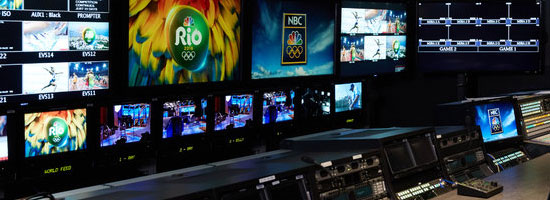
We are in the end of 2016 with a very interesting balance regarding the evolution in TV, especially in the case of public TV in Brazil. The changes of a new generation in the broadcasting business began with the switch-off. Begining with Rio Verde (GO) and the capital of Brazil (Brasília - DF) operating with the 100% digital signal, releasing the 700 MHz band for the implementation of 4G as well.
Another legacy that Brazil showed for the whole world was the Rio 2016 Olympics. Many investments were made in one of the biggest events in the world, thanks to television and Internet broadcasting capacity for billions of people.
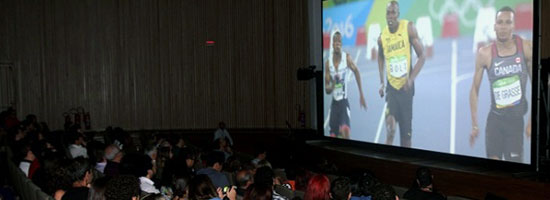
In this year, we were able to test the first transmission in 8K-UHD technology with an exhibition at Museu do Amanhã at Rio, between August 5 and 20, on a 300-inch screen, by optical fiber (uncompressed) and terrestrial (compressed). The signal was generated in 8K by the OBC (Olympic Broadcasting Services) in Jacarepaguá.
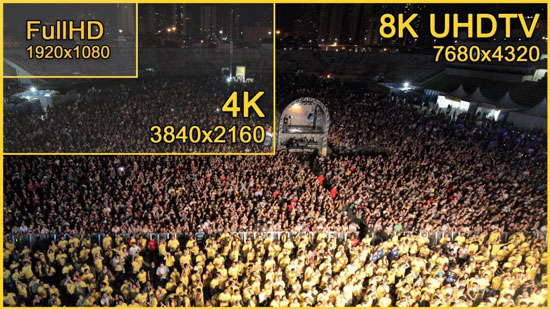
With the partnership of the Japanese broadcaster NHK (already targeting the Olympics in Tokyo by the year 2020) the signal was transmitted on channel 56 UHF (Center frequency of 754 MHz) directly from Mt. Sumaré on a transmitter of 660 W (H) + 660 W (V) in the standard ISDB-T, multiplex capacity of 36.72 Mbit/s, signal bit rate of 35 Mbit/s with HEVC 50 frames/s, 8 bit/px, with E-AC-3 5.1 as standard audio encoding.
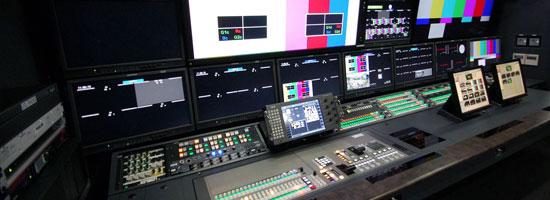
The power of TV in Brazil has shown, in an exemplary way, a surprising quality and use of new technology. One example is Grupo Globo that made 16 SporTV channels available in DTH and through the web with a historical coverage.
Even though we’re still on the road to Full-HD terrestrial broadcasting, 4K and 8K can show the ability to make the best way we watch content, through new experiences and future UHD standards with technologies such as High Dynamic Range (HDR) HEVC (High Efficiency Video Coding) and HFR (High Frame Rate).
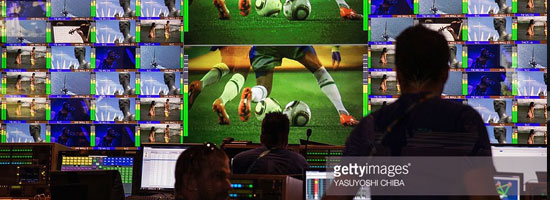
4K terrestrial transmission is already a reality in South Korea. In Japan, 8K transmission tests are in na advanced level. In Brazil, broadcasters are interested in the system, but they are concerned about the use of spectrum for Ultra HD transmissions.
So the broadcast market is also gaining, with the immersion of new technologies, with cameras of greater capacity, bigger and bigger televisions with more quality and functions, higher signal processing, and it is worth noting a special highlight for the audio with 22.2 channels, making the experience more immersive and as close to reality as possible.
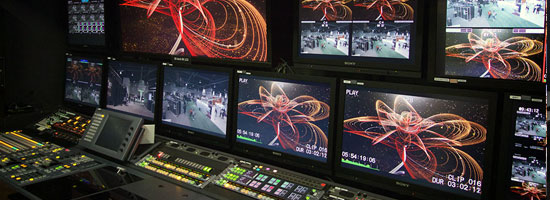
Watching television will become a differentiated experience of what we are used to know, whether via optical fiber, terrestrial or satellite. It is worth mentioning that the film industry also already uses 4K system in its productions and this integration with television extrapolates the business, being materialized in the technology. Very soon, we can say that there will be no difference between the production for TV and Cinema, in technological aspects. So it is possible to say that in a brief future we will be in an entertainment universe with incredible dimensions and possibilities.
Like us if you want on Facebook, and follow us on Twitter
UPDATE september 29th 2017: Brazil speeds up DTT STB delivery ahead of Rio switch-off
Tags: Brazilian TV, 2016, switch-off, Rio 2016, Olympics, 4K, 8K, Tokyo 2020, broadcasting, Ultra HD, future.
In this video you can view some #BehindTheScenes brought to you by panasonic:
We would like to thank Marcel Almeida for writing for us.
More info you can find on his LinkedIn: br.linkedin.com/in/marcelmg77/en or follow him on Twitter @marcelmg77
Like us if you want on Facebook, follow us on Twitter and Subscribe to our YouTube channel.
mentioned:
Rio 2016 : Website - facebook - Twitter - YouTube
Tokyo 2020 : Website - facebook - Twitter - YouTube
NHK : Website
OBC : Website
TV Globo/SporTV : Website - facebook - Twitter - Videos
SET EXPO 2016
SET Expo 2016
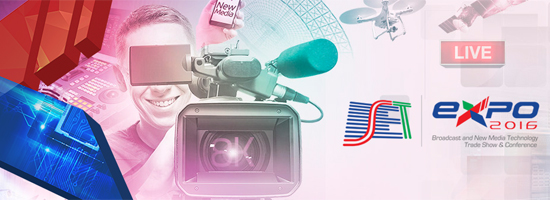
One of the major events in the broadcasting and new media sectors of the year took place at Expo Center Norte, SET EXPO 2016, in the Exhibition Hall Red, São Paulo (SP). With Conference: 08/29 to 09/01 and Trade show: 08/30 to 09/01.
Organized by SET (Sociedade Brasileira de Engenharia de Televisão), a not-for-profit technical association consisting of technology and operating companies and professionals and whose main purpose is the development of technical knowledge throughout the entire electronic media supply chain, from production to delivery. In Brazil, it represents the largest discussion forum on market standards and trends for the creation, management and distribution of electronic content.
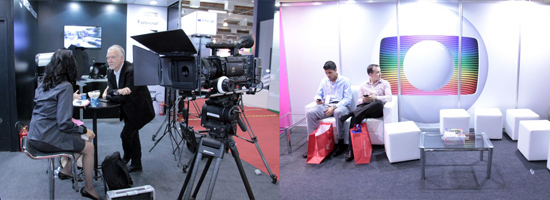
The event will host the major manufacturers on the global market; executives and technical personnel, specialists as well as researchers from government bodies, plus the press, technology, entertainment and broadcast sectors.
Last year, in its 27th edition, 15.900 participants attended the 5-day event, with the presence of 2.040 conference delegates, 150 members of the press, 5 international pavilions, 192 exhibitors, 8.000 m² net exhibition area and more than 400 exhibitor brands.
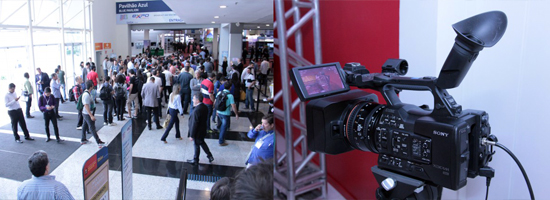
The event, this year, will had an exhibition area of 15.000 m², housing the stands of benchmark companies in the equipment, technology and services sector of the broadcast, telecommunications, audiovisual and new media market. This area will consist of thematic and international pavilions, made it easier for visitors to find their way around.
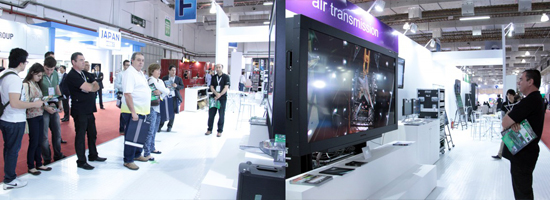
A program to support startups that create solutions for the entertainment industry, such as audiovisual producers, radio and television broadcasters, the cinema and new media will be at SET EXPO 2016, and it is called SET Innovation Zone.
SET Innovation Zone program had two stages: the public call, with free and open registration, and the presentation of the solution at SET EXPO 2016. And the 10 companies selected will receive a standard exhibition stand, already assembled, within the Innovation Pavilion of the trade show, and did showcase themselves, completely free! This was a unique opportunity for companies in the initial set-up phase. If you have any interest, it is worth taking a look at for more information.
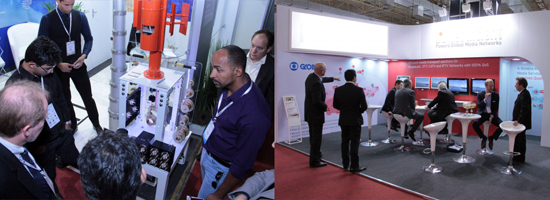
The topics to be discussed during the Congress were:
August 29, 2016: Distribution, Exhibition & Transmission: TVD – Analog Switch Off, Automation; Internet & TV: Sensoring & Big Data, Content On-line, OTTs & APPs – Current scenario of OTT services, Projects And Professional Profile; Hot Session: The Future of free-to-air Television; Innovation & Disruptive Technologies: VR – “Will Virtual Reality be the most social platform of all?”; Infrastructure: Energy - Quality and Efficiency; Research & Development: Vision of communicators regarding to the future of broadcasting and new media; Regulatory & Norms: EAD – Be Digital - The Rio Verde (GO) pilot experiment, preparations for Brasília and São Paulo and projections for Brazil; Innovation & Disruptive Technologies: Drones; Consumption: Connected TVs and interactivity.
August 30, 2016: Opening & Commemoration: Opening Ceremony SET EXPO 2016 & ISDB-T 10 years celebration; Trade Show SET EXPO 2016: Inauguration Fair SET EXPO 2016 – RED Pavilion – ground floor; Hot Session: Analog Switch Off; Internet & TV: IoT – Internet of Things & Swarm Intelligence, Network Neutrality - Internet Regulatory Framework; Research & Development: Innovation in teaching technology, Academic & Scientific, ICT - Japan Context; Regulatory & Norms: Regulatory Processes; Content Production: Technology in News and Sports, Audio & Acoustics; Innovation & Disruptive Technologies: NHK Lab – What is coming in next 10 to 20 years?, SMPTE Centennial.
August 31, 2016: Radio: OM x FM migration reflexes, Radio, Internet, Music and Mobile, Efficiency Aspects of FM Transmission, 80 years of Radio Nacional; Hot Session: Challenges VOD & OTT; Research & Development: High Dynamic Range Master Class; LATAM: The Future of Television Programming, Consumer Market; Infrastructure: Cloud, Non-Ionizing Radiation (NIR) Standards at Sites, How hardware virtualization must contribute to the future television; Content Production: ITU & American Spectrum Auction, 4K/8K, UHD Premium Certification, HLG, PQ, WCG, HEVC HDR10, Olympic Games, Interference TV & 4G, Storage; Regulatory & Norms: Accessibility.
September 1, 2016: Keynote: UHDTV – From Production to Distribution; Internet & TV: Digital Security & IEEE Ethernet Alliance; Hot Session: UHDTV- From Production to Distribution; Consumption & Audio Visual Production: Displays, Displays (stage) & Interaction, Projection systems, Lighting; Content Production: Virtual Scenarios and Games, Contribution kits; Distribution, Exhibition & Transmission: Evolution of space segment for contribution and distribution in the era of Ultra HD 4K, Streaming and distribution IP - Challenges, Transmission systems; Research & Development: Ultra High Definition.
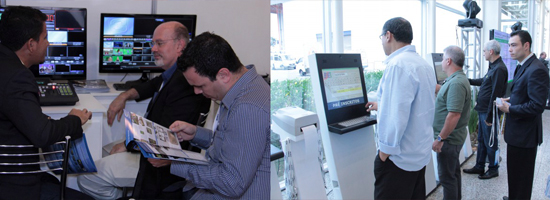
Stay tuned in those numbers:
Conference: August 29 until September 1, 2016:
Trade Show: 12 noon until 8 pm;
Conferences: 9 am until 8 pm;
Expo Center is located in José Bernardo Pinto street, 333 - Vila Guilherme, São Paulo – SP.
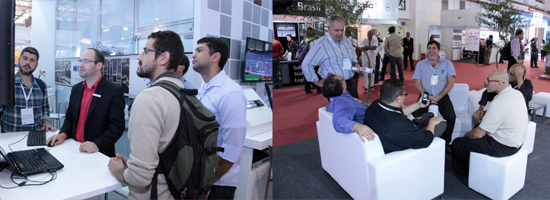
In this video you can view some of SET Expo 2016:
We would like to thank Marcel Almeida for writing for us.
More info you can find on his LinkedIn: br.linkedin.com/in/marcelmg77/en or follow him on Twitter @marcelmg77
Like us if you want on Facebook, follow us on Twitter and Subscribe to our YouTube channel.
mentioned:
SET EXPO 2016 : Website - facebook - Twitter - YouTube
SET : Website
Expo & Conference - ABTA 2016
Expo & Conference - ABTA 2016
One of the most traditional events on pay TV and digital services in Latin America will took place this month in São Paulo at Transamerica Expo Center, from 29 June to 1st July, the ABTA Expo & Conference 2016.
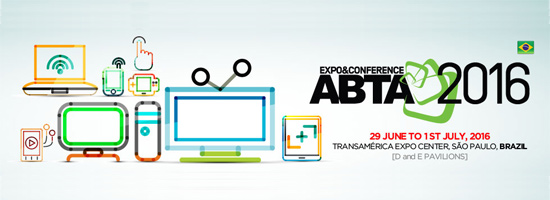
In the year of the Olympic Games in Brazil, ABTA completes 24 years bringing innovations in pay-TV, broadband and media market, focusing on innovation in video services, new technologies, on-demand content distribution platforms such as IPTV and OTT, advertising, satellites, TI, and distribution of linear, non-linear and high-definition content. The Conference will had presentations and panel sessions by highly qualified speakers with professionals from channels, ad agencies, operators, regulators and government. The immersion in technology and management trends will be available in Pay-TV Seminars (STAs), also training seminars with presentations of case studies and market solutions, that is essential to know what is new about technologies and pay-TV tools.
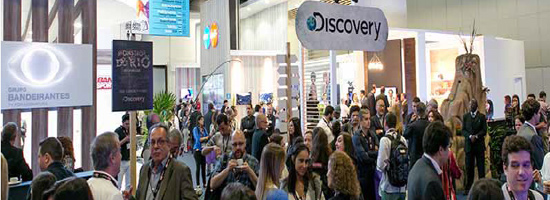
The issues to be addressed in the STAs are: The new consumer of video, DOCSIS 3.1, Advances in multiplatform delivery, The new generation of headends, Sincab, The Internet of Things (IoT), Technology that makes new business models possible, User interfaces for set-top boxes, The road to delivery of content on multiple platforms, How pay TV will develop in the next five years, CxOs and The evolution of pay-TV services.
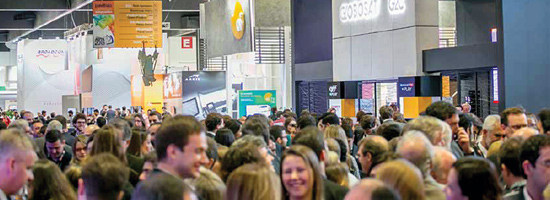
In the Conference program, we have in strategic panels: The reality of the industry and the policy/regulatory outlook, Pay TV in a year of Olympics and challenges, From set-top to cell phone: how pay TV services evolve, Advertising and the Olympic Year, The value of digital services to consumers. In Thematic Sessions we have: The Internet: from the reality of services to regulatory models, User experience and digital services, Audiovisual regulation: from SeAC to VOD, Tackling digital clandestinity, The importance of sports programming to pay TV, Programming in the age of ultrasegmentation, Advertising: consolidation and the role of pay TV, Embracing the reality of on-demand content, Why local production is flourishing, What has happened to C class consumers?, From TV to 4play: the evolution of bundles and offerings and Growing in turbulent times.
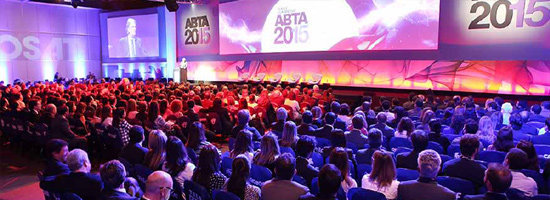
Local and international exhibitors did showcase their brands and developed new business leads in an exhibition space of 9000 square meters.
video:
We would like to thank Marcel Almeida for writing for us.
More info you can find on his LinkedIn: br.linkedin.com/in/marcelmg77/en or follow him on Twitter @marcelmg77
Like us if you want on Facebook, follow us on Twitter and Subscribe to our YouTube channel.
mentioned:
ABTA 2016 : Website - YouTube